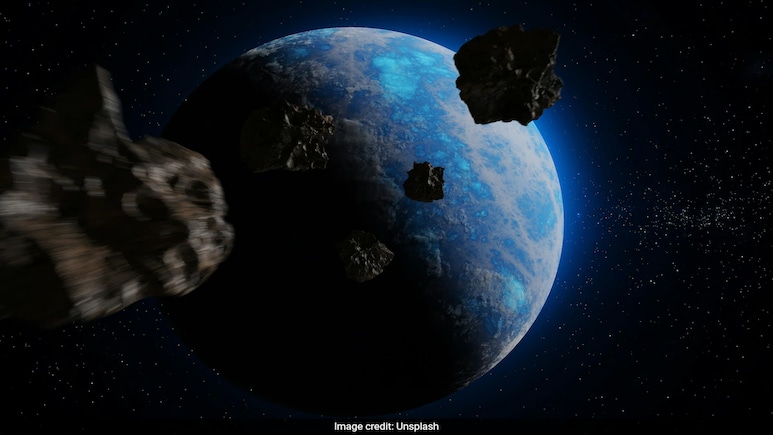
- Asteroids sharing Venus's orbit are nearly invisible due to the Sun's glare
- Some of these asteroids could intersect Earth's path within a few thousand years
- Asteroids about 300 metres wide could cause craters 3 to 4.5 kilometres across
Earth is apparently at risk from nearly invisible asteroids around Venus. Latest research suggests that some asteroids sharing Venus' orbit are extremely difficult to detect from Earth because they are masked by the Sun's glare. But they might emerge as a potential threat as simulations have indicated that some of them could intersect Earth's path within a few thousand years, posing a collision risk.
"Our study shows that there's a population of potentially dangerous asteroids that we can't detect with current telescopes," astronomer Valerio Carruba, a professor at the UNESP School of Engineering at the Guaratingueta campus (FEG-UNESP) and first author of the study, told Agencia FAPESP.
"These objects orbit the Sun, but aren't part of the Asteroid Belt, located between Mars and Jupiter. Instead, they're much closer, in resonance with Venus. But they're so difficult to observe that they remain invisible, even though they may pose a real risk of collision with our planet in the distant future."
Also Read | Breakthrough In Lab-Grown Mini-Organs Could Revolutionise Disease Research: Report
Carruba said that planetary defence needs to account for what we can't see, not just known threats. The asteroids' orbits are unstable, alternating configurations roughly every 12,000 years, potentially bringing them closer to Earth.
Asteroids around 300 meters in diameter could create craters 3 to 4.5 kilometres wide, releasing energy equivalent to hundreds of megatons - enough to devastate large cities.
Also Read | From Full Moon To Meteor Shower: Don't Miss These 8 Celestial Events In October 2025
Ground-based observatories like the Vera Rubin Observatory might only catch glimpses of these asteroids under specific conditions; space-based missions near Venus could offer better surveillance.
However, as per the study, published in the July edition of the journal Astronomy & Astrophysics, the researchers have said that there's no imminent danger as it is a long-term risk. This also calls for improving detection methods, and sending a space-based observatory near Venus might be key to uncovering these hidden asteroids.

